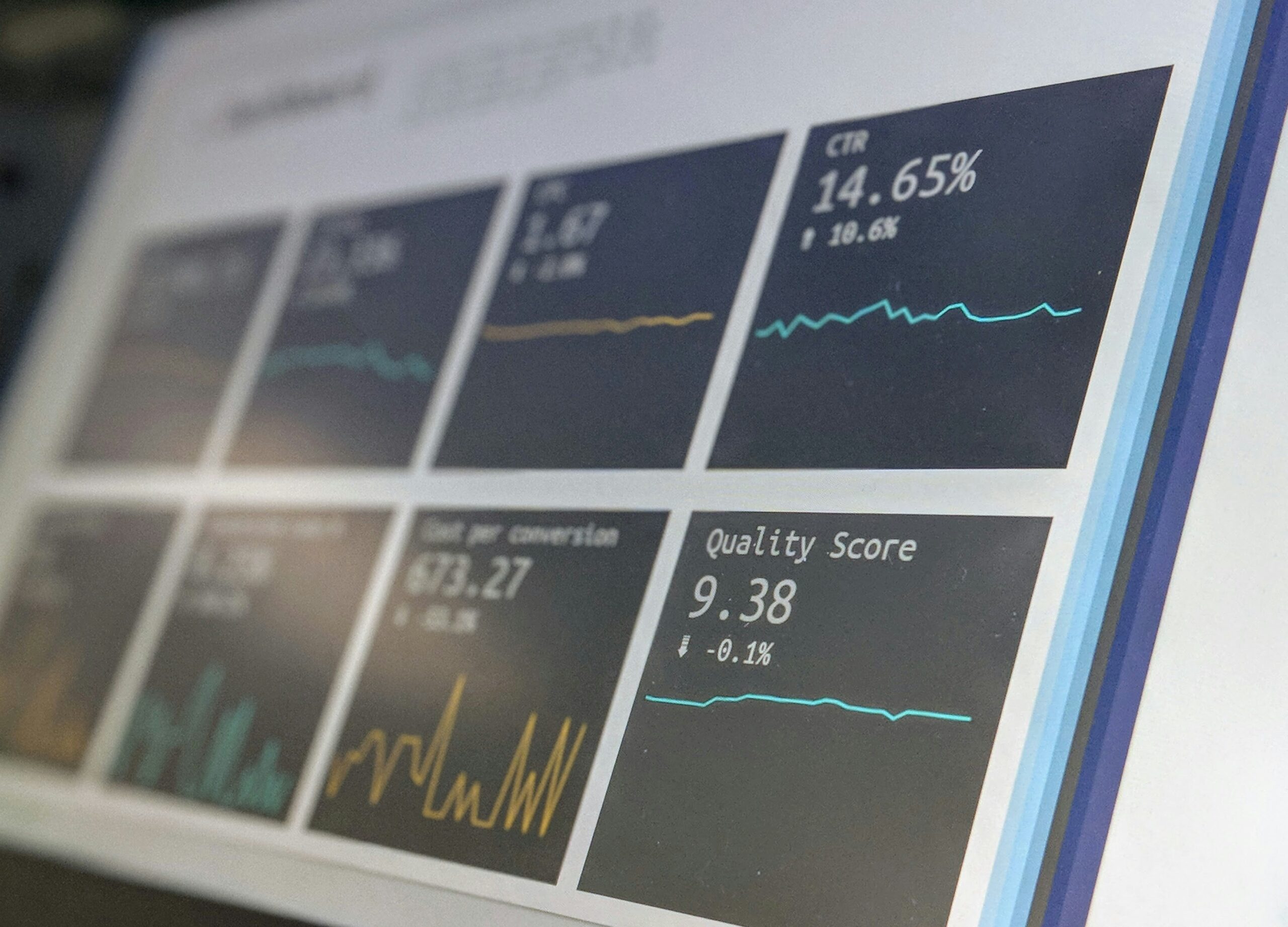What is Forex CFD Trading?
Forex CFD trading combines two powerful concepts: the foreign exchange (forex) markets and contracts for difference (CFDs). CFDs are derivatives that let you speculate on price changes of an asset, such as currency pairs, without actually owning them.
You enter a contract with a broker and profit or lose based on the movement of the asset’s price between when you open and close the trade. This forex CFD trading platform allows you to trade both rises and falls in prices by going long (buy) or short (sell).
Why It Matters
The forex market is the world’s largest and most liquid financial market, operating 24 hours a day across global time zones. This gives traders tremendous flexibility and accessibility. CFDs add to this by allowing leveraged positions, which means you can control a larger position with a smaller investment. However, leverage magnifies both gains and losses, so risk management becomes essential.
Core Features of Modern CFD Platforms
Wide Instrument Access
These platforms provide access to a range of assets, including forex pairs, indices, stocks, commodities, and even cryptocurrencies, all from a unified interface.
Advanced Tools
Popular platforms like MetaTrader 4 and MetaTrader 5 offer deep charting options, technical indicators, drawing tools, and support for automation via Expert Advisors.
Order Types and Risk Controls
Traders can deploy market orders, limit orders, stop-loss and take-profit levels, and automated strategies to tailor precise trade execution and manage risk.
Demo Accounts
Most platforms offer practice accounts where beginners can place simulated trades to learn the ropes without risking real money.
Mobile and Web Versions
To keep up with fast-moving markets, many platforms are available on mobile phones and web browsers, ensuring you don’t miss trading opportunities.
Real-Time Data
Live quotes including PEPE to USD price, economic calendars, news feeds, and alerts are often streamed directly into the platform, empowering informed decisions.
Benefits and Considerations
Pros
• Trade 24/5 in a highly liquid market with tight pricing
• Use leverage to amplify position size
• Go long or short easily to capture market trends
• Practice in a demo environment before committing capital
• Access rich analysis tools and automated strategies
Cons
• Leverage increases risk dramatically
• Trading costs include spreads and sometimes commissions
• Quality of platforms varies; some lack research or mobile optimisation
• CFD contracts exist over the counter (OTC), so counterparty risk and fund security depend on broker trustworthiness
How to Choose the Right Platform
Regulation and Reputation
Choose a broker monitored by known authorities such as ASIC, FCA, CySEC, or others relevant in your jurisdiction.
Trading Costs
Compare spreads and commission models. Some brokers opt for spread-only pricing, while others have commission plus raw spreads.
Platform Support
MT4 and MT5 remain industry leaders, with many brokers enabling automated trading and third-party integrations. Ensure the platform suits your trading style, whether manual, algorithmic, or copy trading.
Instrument Range
Verify that the broker offers the currency pairs or other CFDs you’re interested in. Major pairs are typically available by default, but smaller or exotic pairs may vary.
Educational Resources
Especially for new traders, access to tutorials, webinars, articles, and demo accounts is invaluable for skill development.
Funding and Withdrawal
Look for ease and variety of methods such as bank transfers, credit cards, and e-wallets, plus clarity about fees and processing times.
Getting Started: Step by Step
Open a Demo Account
Test different platforms and instruments without risk.
Develop a Strategy
Learn both technical analysis (charts, indicators) and fundamental analysis (economic news, interest rates).
Paper Trade Extensively
Execute at least 50 mock trades to adjust to order types and execution speed.
Define Risk Limits
Set stop-loss levels and decide how much of your capital you’re willing to risk per trade.
Start Small in Live Trading
Once comfortable, move to a real account and keep trades small until outcomes become consistent.
Final Thoughts
Forex CFD trading platforms offer powerful tools to access liquid markets with flexibility, leverage, and a full suite of trading instruments. They are an appealing choice for both retail and professional traders. But the risks, especially from leverage and counterparty exposure, cannot be overlooked.
By carefully vetting platforms for regulation, costs, and feature set, practising extensively with demo accounts, and implementing disciplined risk strategies, beginner traders can build a strong foundation. The journey to trading success is paved with preparation, patience, and continuous learning.

